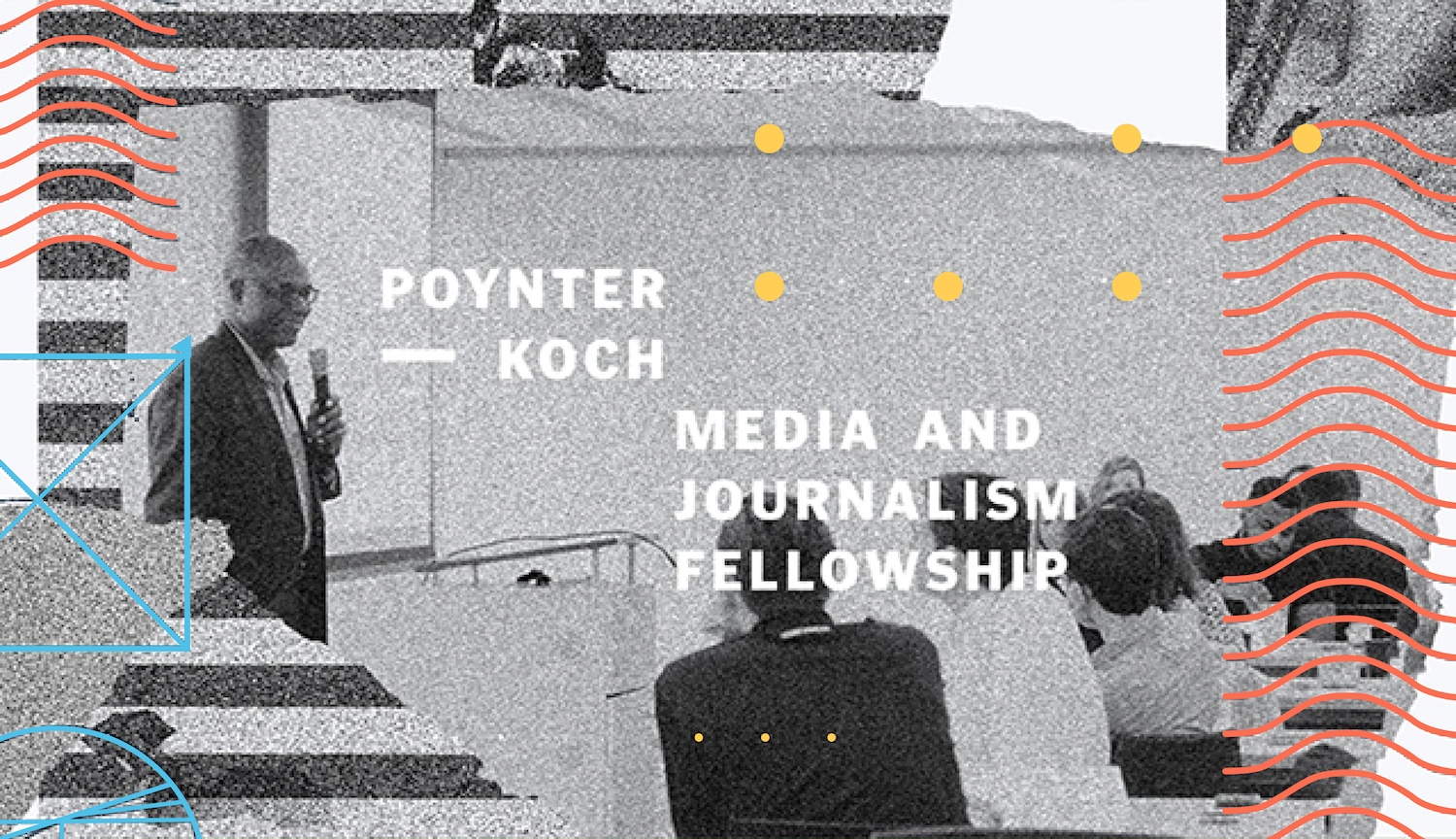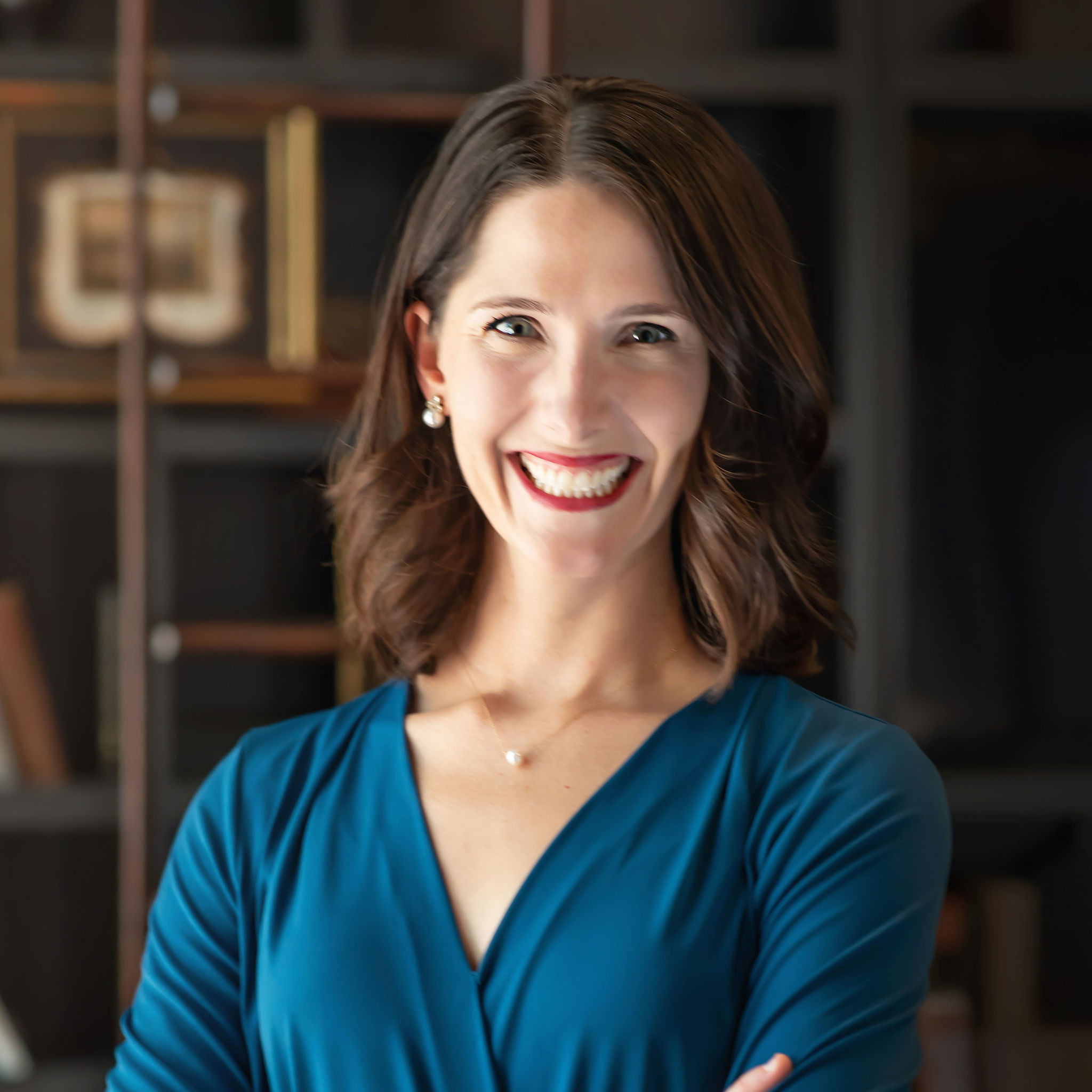The Poynter-Koch Media and Journalism Fellowship is an increasingly competitive, yearlong fellowship program for early-career reporters that blends educational opportunities with work experience. Samantha Ragland, Poynter faculty, has led the program for the past two years. Now, she’s passing the baton to Poynter’s local news expert and faculty, Kristen Hare.
I caught up with them to discuss the state of the fellowship program four years in and how it helps the local news industry as much as the individual fellows. We talk innovation, retention, burnout, mentorship and, of course, producing excellent journalism.
Prospective fellows and newsrooms must submit their applications for the 2022-23 program by Friday, Feb. 25. Click here to see the curriculum, schedule, instructors and newsrooms that have participated in years past.
Mel Grau: What makes this fellowship program different from others?
Samantha Ragland: Our fellows are getting intense on-the-job training. They are professional full-time reporters, benefits and all. But in addition to that, they are required to spend two hours a week in courses geeking out about journalism with their fellow fellows and with professional journalists who are doing the work alongside them. I think that is one of the strongest value propositions for the Poynter-Koch fellowship. It is as much focused on journalism as it is on the journalist. We want the journalism to be excellent, but we also want the journalist to be a healthy person and to know where they want to go in their career — and to be OK not knowing where they want to go in their career. I don’t think other fellowships have made training and mentorship as integral a part of their fellowship as the Poynter-Koch fellowship.
Kristen Hare: So much of early-career journalism is you hit the ground running and figure things out as you go. This program is like when you plant a tree, you put scaffolding up around it to help support it. The Poynter-Koch fellowship is that scaffolding. It is meant to build strong journalists who we hope will stay in the industry.
Grau: What are the next steps for fellows typically? Do they stay in their newsroom?
Ragland: It depends on the fellow. If the newsroom itself has recommended that one of their early-career reporters become a part of the fellowship, then that means they were already in the newsroom and when their 12-month contract ends with the fellowship, they just stay on. That’s true for many of our reporters, like at the Miami Herald. For the fellows who found this opportunity on their own and became a part of a hiring pool of top candidates, some of them are retained by their organization after the fellowship is over and some go back into the job market.
Grau: What kind of newsroom is the right fit for the Poynter-Koch Media and Journalism Fellowship?
Hare: We want all shapes, sizes, locations, origins and purposes of newsrooms. I’m also hopeful about all of the innovation happening in local news organizations. I’d issue a special invitation to the nontraditional, the non-legacy, the new and different news outlets to apply. This program can help newsrooms that are getting up and running be even more successful.
Ragland: The diversity of newsrooms is important, to Kristen’s point. We want the fellowship to give a true look at the landscape of news. We don’t want any fellow to think, “I started in broadcast, I’ll always be a broadcaster.” That’s not true, right? You can start in broadcast and go into print. You can start in print and go into radio. You can start your own thing. The benefit of the fellowship being so cross-disciplinary — by design — is that fellows can see how big their careers can grow.
Grau: Are there any limitations to the types of organizations that could be part of this program?
Ragland: We have declined newsrooms that have been actively spreading mis- and disinformation. We have also declined newsrooms that are more along the lines of advertorial outlets. We don’t want the fellows to go through the program, learn all these lessons and actually not be able to execute because it’s not the way that their organization operates.
Hare: Otherwise, we’re interested in every shape, size and flavor of newsroom.
Ragland: This is a very competitive program. A lot of people and newsrooms don’t get in. Send us your best! We can only accept up to 60 fellows.
Grau: One of the key evolutions of the program in recent years is the IDi component. Sam, can you talk about originating that and the benefit to participating newsrooms?
Ragland: I’ve been in a newsroom where veteran reporters would point down the newsroom to my team, to the digital side, and say, “That’s the only sandbox here.” That should never be the case in any newsroom. In fact, of the ideas and products that I have worked on, the best ones did not come from me as an editor. They did not come from the publisher. They came from the reporter who was on the ground and looking to solve problems.
IDi stands for “identify innovation.” It empowers reporters to bring ideas to the table. It can span any department in the newsroom, whether that’s digital, content-specific, product marketing or process. I just had a fellow ping me earlier today who wants his innovation project to be directly related to the employee resource group. They have an LGBTQ one. They do not have one for employees with disabilities, of which he is one. So he wants to find a way to innovate around the ERG and make a group specifically for employees with disabilities. He has seen that there’s a problem in the newsroom, and he wants to create a solution to that problem. I love that!
Grau: I bet the fellows love it, too.
Ragland: One of the things these journalists talk a lot about is burnout. Every reporter is dealing with burnout, especially at the local news level. A part of that comes from doing the same work over and over again. Innovation changes the pace of your day. You are activating a different part of your brain when you are thinking about creativity. Project IDi is a great way to do that. For some of last year’s fellows, Project IDi kept them in the industry. It’s taken them out of content and moved them over to audience, product or digital to do other work that is not only supportive, but integral, to the success of a news organization.
Grau: Kristen, you have reported extensively on the challenges that local newsrooms experience. How do you think this program helps address some of those challenges?
Hare: One of the biggest challenges that we don’t talk about in local news is retention: keeping journalists in local news and making it worth their while, not just because it’s a worthy thing to do, but because it’s fulfilling for them. It supports their lives and their ambitions. What’s exciting to me about this program is we’re setting up, one cohort at a time, a generation of journalists to stay in the industry and to be successful. To see that there isn’t one path through journalism — there are a million. They may just have to be the ones to chart those paths themselves.
It’s so important to know skills like how to build a beat and how to keep sources and understanding ethics and objectivity, or lack of objectivity, and all of those foundational skills. But there is this whole set of skills that don’t get passed down anymore between generations in newsrooms because there are so few people and so much work to do. I think that this program has the potential to fill that role and to show people the way forward in our industry.
Ragland: We have seen great success stories. It’s people who thought they were going to drop out of the news altogether who have stayed. Or, we have a great fellow, Sam Hoisington who was formerly at News Revenue Hub, and everything he learned there and in the fellowship caused him to actually create his own outlet. He’s running Madison Minutes. Now he’s a local news entrepreneur. That’s a huge, ginormous success! I think the fellowship won’t just retain journalists in the industry, but it will, I hope, continue to diversify what local news looks like in the future.
Grau: Kristen, you’ve been involved in this program as an instructor and mentor. Now you’ll be leading it from the Poynter side. What are you most looking forward to as your role in this program is growing?
Hare: When I first started writing obits at the Tampa Bay Times, I was reminded how important it is to be in a newsroom. If you’re going to be teaching and covering something, you also want to be involved in it. And this is the same thing, in a slightly different form. These journalists care deeply about their communities and the work they’re doing. They’re young and new and learning, and I remember being in that space myself. Being connected to what they care about is giving me a front-row seat to where our industry is headed. That informs my reporting and informs my teaching, and it makes me hopeful for the future of our industry.
Ragland: One of the things that I love about transitions of power is that new vision always reinvigorates an old thing. I love what the original Poynter director Steve Bien-Aime was able to do in setting foundational, journalistic purpose with the program. I took the baton from him, and I did the thing that I knew how to do best, which is digital innovation. We infused that into the program and we did a heavier push toward digital storytelling, strategy and leadership. I think one of the biggest weaknesses that I brought to the table was my network of mostly digital leaders. And while that is fantastic, one of the best parts about this program is that the journalists are learning from other journalists. With Kristen taking the baton now, she will bring her network, which is equal parts digital and leadership, but with another element. It has such a heavy bend toward reporters because she’s been covering local news so exceptionally for so long. Her network of bringing in reporters to train reporters is going to take the curriculum to a whole other level.
Per Poynter’s Ethics Policy, Poynter maintains editorial independence regarding curriculum and content. The media and journalism fellowship relationship between Poynter and Stand Together Fellowships, from the Charles Koch Institute, is a teaching partnership. A list of Poynter’s largest funders and teaching partners can be found here.







